Video games have gone beyond traditional gaming. Blockchain and web3 are seen to have become a big opportunity for players to taste a new level of gaming by taking them to stages of significant financial rewards. We’re talking about an entirely new segment within the video games industry, popularly known as “GameFi”.
GameFi is a setting that decentralizes traditional gaming by integrating gaming with blockchain, using NFTs to ensure players can own in-game assets. These NFTs typically represent game characters that help players win rewards.
With Games like Katana Inu, users can earn rewards paid out in crypto, and the NFTs themselves can have substantial value, and be bought and sold for crypto through decentralized marketplaces.
The Value in GameFi
GameFi is about players earning crypto tokens by achieving goals, winning against others, or finishing challenges in games. This idea created “play-to-earn,” where gamers can make good money just by playing regularly. This became popular during COVID-19 when news came out about Axie Infinity players making more than $1,000 a month.
To get started, players usually need to invest in a game by using crypto to buy or rent a special character called an NFT. This character helps them enter the game’s virtual world and start earning rewards. This is different from regular games where people play just for fun.
While the basic rewards are simple, GameFi is evolving. Some games, like Illuvium, have added DeFi features. This means players not only earn rewards by playing but also get passive income by doing things like liquidity mining, yield farming, and staking—similar to how systems like Curve and Aave operate.
The Decline
GameFi started strong around 2020 and 2021, especially during the pandemic when it offered people a way to earn money while stuck at home. But things took a turn when the wider crypto world went through a tough phase starting in late 2021. This caused the value of most GameFi tokens to drop significantly.
The crypto winter that followed revealed the problems with many GameFi tokens’ designs and showed that not all of them are built to last. For example, games like Stepn, which introduced the idea of earning by walking, got criticized for relying too much on continuously getting new users, which isn’t sustainable over time. On top of that, some popular play-to-earn games faced issues. Axie Infinity’s Ronin Network was hacked, and over $600 million worth of crypto was stolen, leading to a major drop in the price of its AXS token.
A tweet by @ginoa_io in January 2023 showed how much GameFi had declined. The total value of GameFi tokens went from a high of $36 billion in November 2021 to just over $5 billion.
A New Lease
GameFi has evolved and is now making a comeback with better play-to-earn games that have improved token systems and gameplay, making them more sustainable in the long run.
Traditional video game companies like Epic Games are also paying attention to GameFi. They got a $2 billion investment from Sony to create a metaverse with lots of play-to-earn games. This metaverse will involve big names like the creators of Fortnite and Lego.
At the same time, developers focused on GameFi are getting a lot of support too. For example, Animoca Brands, a venture capital firm in Hong Kong, has invested over $434 million in Web3 and GameFi projects like The Sandbox, Arc8, and Phantom Galaxies just this year.
Up-And-Coming GameFi Tokens
Heading into 2024, there are some new and promising GameFi tokens preparing for launch. One highly anticipated token is SPARK by Upland, set to be a crucial part of its virtual world economy. Upland is a digital world connected to the real one, claiming to have the “largest open digital economy.” Players can buy land, create properties, play games, start businesses, and more. To speed up building virtual structures, players will need SPARK tokens.
What makes SPARK interesting is that Upland focuses on making the actual game first. With three million players globally and over 30,000 active daily, it gained a solid reputation. Partnering with FIFA during the 2022 World Cup in Qatar, Upland became FIFA’s official metaverse partner, crafting a digital replica of the World Cup village in Doha.
Upland plans to expand SPARK’s usefulness after its 2024 launch, which adds to its potential.
Next year will see the launch of other GameFi tokens like GamePad’s GPAD, supporting IDO launchpad, reward mechanisms, NFT genesis platform, and more. GamePad focuses on AAA game development, selecting only top-quality GameFi projects.
CTA, the native token for a new card trading and battle game called Cross The Ages, also holds promise. Despite not yet being launched, the game has already attracted over 300,000 downloads and ranks as the second-most popular NFT game on the Immutable-X blockchain.
A Breakout Year For GameFi?
As we step into the new year, the crypto world is buzzing with excitement. Top cryptocurrencies ended 2023 on a high note, especially due to hopes for a Bitcoin ETF. 2024 will witness the next Bitcoin “halvening,” cutting mining rewards in half and making Bitcoin more scarce. In the past, events like these have often led to a rise in Bitcoin’s value.
However, GameFi tokens, like all cryptocurrencies, come with risks. There’s no sure guarantee they’ll make good returns on investment, even if the overall crypto market goes up. The success of any GameFi token depends on how well the game performs. So, developers need to make games that are exciting and addictive, keeping players hooked. A recent report from Game7 found that high-quality Web3 games are rare, making up only 6% of play-to-earn titles. The majority are described as “indie-level” or “mid-sized” projects, which might not last long.
Nevertheless, as the play-to-earn gaming world gets hotter and developers focus on making games more engaging, there’s hope that 2024 could be the year when GameFi proves itself as a solid model for the video game industry to follow.





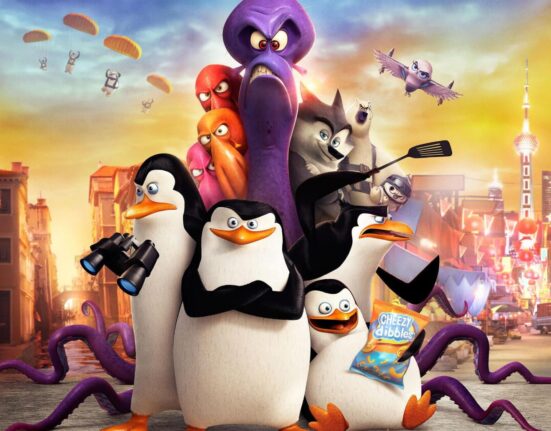

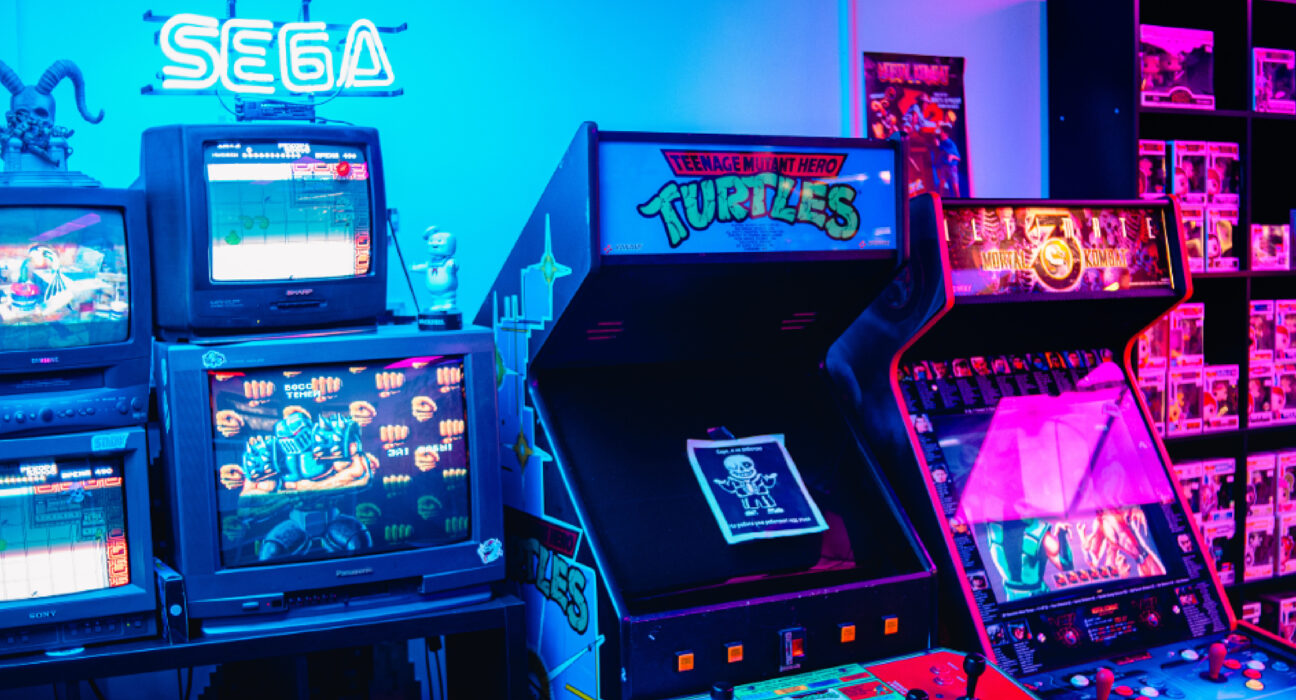

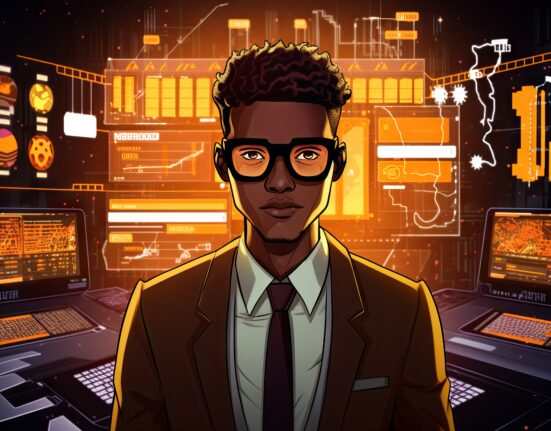
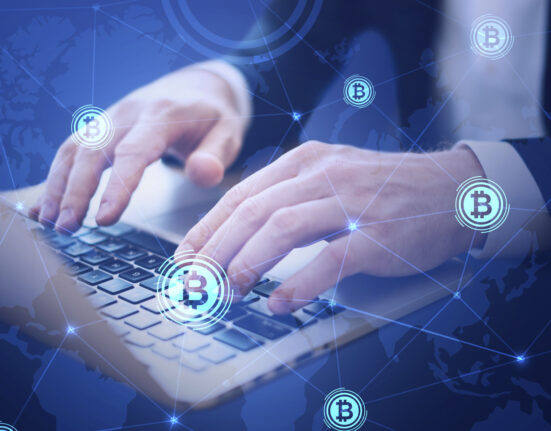


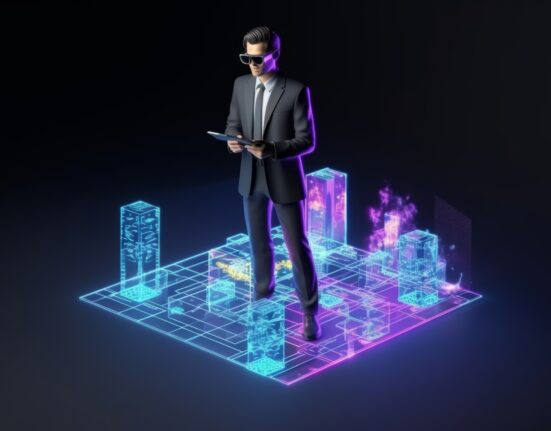
Leave feedback about this